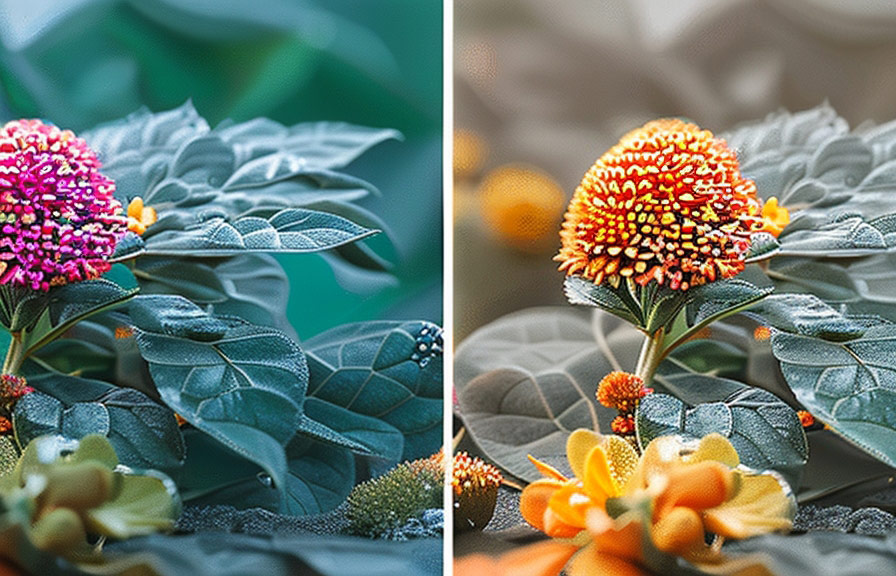Did you know that macro photography, the art of capturing tiny objects in great detail, has its roots in the early 20th century? it was initially used for scientific purposes such as documenting plant and insect life. today, macro photography has evolved into a popular genre among enthusiasts and professionals alike.
In this blog post, we'll delve into the world of macro photography and provide tips on how to achieve stunning close-up images using simple equipment. plus, we'll share a little-known fact about macro photography that you might find intriguing!

Choosing the right camera for macro photography
When selecting a camera for macro photography, there are a few essential factors to consider:
1. Sensor size: cameras with larger sensors, such as full-frame or aps-c models, typically perform better in macro photography due to their ability to capture more detail and produce shallower depth of field.
2. Manual mode: a camera with manual mode allows you to control the aperture, shutter speed, and iso settings, which is crucial for achieving the desired depth of field and exposure in macro photography.
3. Lens compatibility: ensure the camera you choose is compatible with macro lenses or extension tubes, which are necessary for achieving true macro magnification.
4. Focus stacking: some cameras come with built-in focus stacking capabilities, which can be beneficial for achieving maximum depth of field in macro shots.
Best lenses for macro photography
There are two primary types of lenses used for macro photography: dedicated macro lenses and regular lenses with extension tubes.
1. Dedicated macro lenses: these lenses are specifically designed for macro photography and typically have a 1:1 magnification ratio, meaning that the subject appears life-size on the camera sensor. popular focal lengths for macro lenses include 60mm, 90mm, and 100mm.
The longer the focal length, the greater the working distance between the lens and the subject, which is useful when photographing skittish subjects like insects.
2. Regular lenses with extension tubes: extension tubes are cylindrical attachments that increase the distance between the camera sensor and the lens, allowing you to achieve greater magnification with a standard lens. while they may not provide the same level of optical quality as dedicated macro lenses, extension tubes
Are an affordable alternative for photographers on a budget.
Finding and photographing macro subjects
Now that you have your camera and lens sorted, let's explore some tips on finding and photographing macro subjects.
1. Start in your backyard: you don't need to travel far to find interesting macro subjects. your garden, local park, or even a windowsill can host a variety of insects, plants, and other tiny subjects worth capturing.
2. Look for contrasting backgrounds: when photographing small subjects, it's essential to create separation between the subject and the background. look for backgrounds that contrast with your subject in terms of color and texture to make your subject stand out.
3. Use a tripod: macro photography often requires slow shutter speeds to achieve the necessary depth of field. using a tripod helps minimize camera shake and ensures sharp, detailed images.
4. Experiment with lighting: natural light can be beautiful for macro photography, but don't shy away from using artificial light sources like flash or led panels. experiment with different lighting setups to create unique and eye-catching images.
5. Focus on the eyes: when photographing insects or other tiny creatures, always try to focus on the eyes, as they are often the most engaging part of the subject.
6. Patience is key: macro photography can be challenging, as subjects like insects can be unpredictable and difficult to work with. be patient and persistent, and you'll be rewarded with stunning images.
And now, for the little-known fact about macro photography we promised earlier: while macro photography typically focuses on small subjects, it has also been used to capture larger subjects at a reduced scale. for example, some photographers have employed macro techniques to create miniature landscapes or simulate model-like scenes with real-life subjects.
This creative approach is known as "forced perspective" and showcases the versatility of macro photography as an art form.
We hope this blog post has provided youwith some valuable insights into the fascinating world of macro photography, as well as practical tips for capturing stunning close-up images with simple equipment. with patience, practice, and a keen eye for detail, you'll be well on your way to creating captivating
Macro photographs that showcase the beauty of the tiny world around us.
